A while back, when the queues at the supermarket were being held without social distancing (or any discretion), I heard a mother of two comment something to the patient cashier. The point: although it had been more than six months since she had turned 50, she was in good health.
He didn’t seem to notice the passage of time very much. Until that very morning. It was then that he felt that all the years had fallen on him at once.
This woman said that one of her children had forgotten something at home just as they were on their way to school. When they realized it, they had to rush back to get it.
Between surprise and resignation, the mother recounted how, when she tried to run, her muscles dared to not obey her. This time, she had been unable to reach the desired cruising speed. The same speed that on so many other occasions had allowed her to be punctual when time was running out.
Such a “lowering of arms” of her musculoskeletal system forced her to rethink the well-remembered slogan “It’s not the years that weigh, but the kilos.” But no. She perceived that what weighed was not the years: it was the physical inactivity.
One of the great scholars of sports training, Kazimierz Fidelius, established a classic biomechanical model. In it, the human being was conceived as a “bio-machine” made up of three major systems.
First, the management system is represented mainly by the brain. Second, the feeding system is made up of all the organs involved in the energy transformation processes. Finally, the so-called motor system, the locomotor system.
According to Fidelius, the movement would be responsible for improving and providing feedback to these processes, thereby achieving an improvement in the physical condition and, therefore, in health.
Modernity makes movement more dispensable.
When the advances of “modern man” are used to replace the locomotor system, the need to generate movement to move is eliminated.
This strategy is becoming increasingly popular. Not only through the use of motor vehicles but also with the proliferation of devices such as electric scooters. Their use among the younger population should be discouraged as it encourages physical inactivity from an early age.
The risk of suffering from so-called hypokinetic diseases is also increased. These are diseases in which physical inactivity plays a fundamental role. This is the case, among others, of obesity, hypertension, or type II diabetes.
These pathologies, which are part of the letter of introduction to old age, are now making their debut much earlier than expected. They give rise to the concept of acquired aging, in which the lack of physical activity plays a leading role.
It was in the middle of the last century that Jeremy Noah Morris, a doctor, first put forward hypotheses related to the effects of physical activity on health. The researcher found that conductors on double-decker buses had a reduction of up to 30% in the risk of cardiovascular disease compared to drivers. The reason: going up and down stairs.
Since then, numerous studies have confirmed the benefits of physical activity on the main organs and systems of our body.
How physical activity affects our body
Thus, about the nervous system, scientific evidence indicates that people who have led an active life have a lower risk of suffering from dementia. Similarly, longitudinal studies indicate that the chances of suffering from cancer seem to be attenuated by an active lifestyle.
At the cardiovascular level, it helps the heart to become less fatigued. Thanks to physical activity, this organ pumps more blood with each beat. Therefore, it needs to beat fewer times per minute to provide oxygen to the entire body.
If the activity is also of a certain intensity, it increases the capacity of the lungs to absorb and transport oxygen, delaying the onset of fatigue.
Muscle fibers, for their part, improve their vascularization. This favors the uptake of glucose, decreasing the concentration of glucose in circulation. In other words, there is greater control of the so-called “blood sugar level.”
There are other adaptations generated by physical activity. For example, greater absorption of calcium by the bones reduces the risk of developing osteoporosis.
Also the mobilization and subsequent oxidation of adipose tissue (fat) to convert it into energy. It is a process that helps control body weight.
In addition, it increases the elasticity of the arteries, helping to reduce hypertension, and increases the release of endogenous opiates (such as endorphins), which promote a feeling of well-being.
However, little is known about what happens when people who are active stop being so.
Loss of activity
Some studies have confirmed the reversibility of the benefits of physical activity in the absence of it. Among others, bone and muscle mass are lost, weight is gained or cardiorespiratory capacity is impaired.
However, the vast majority of these studies are carried out on people who have been subject to periods of immobilization (bedridden patients), astronauts, or elite athletes. Therefore, the results are not transferable to the general population.
To be able to identify more or less clearly what happens when a person who has been active stops being so, it is necessary to design a longitudinal cohort study. To monitor a population group over a given period.
It should include information on the level of physical activity that a person performs, but also on many other variables related to their lifestyle and health. This is the case of nutrition, sleep, or work habits, as well as the monitoring of the different pathologies of the participants during the study.
Obtaining data on the amount of physical activity performed is a complicated task. Questionnaires are usually used, which not everyone can answer correctly. In addition, they are subject to significant estimation errors.
The solution involves the use of accelerometers, which objectively monitor the amount of physical activity performed.
However, to determine the level of activity or its decrease, participants would have to wear the tool for the entire study, at least for predetermined intervals.
The subsequent statistical analysis would also be complex. After all, the factors that could indirectly influence the state of health would have to be isolated. And not only that but also the physical activity itself.![]()








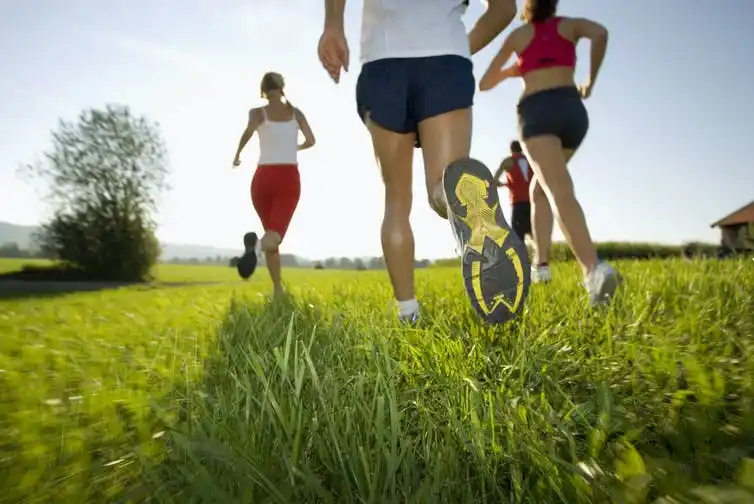

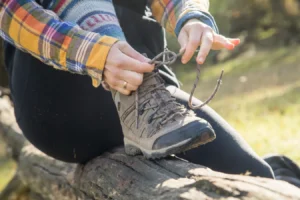


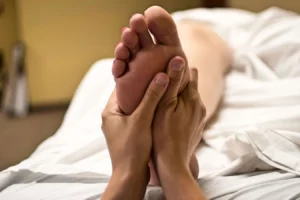

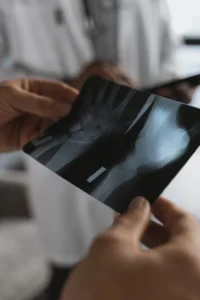



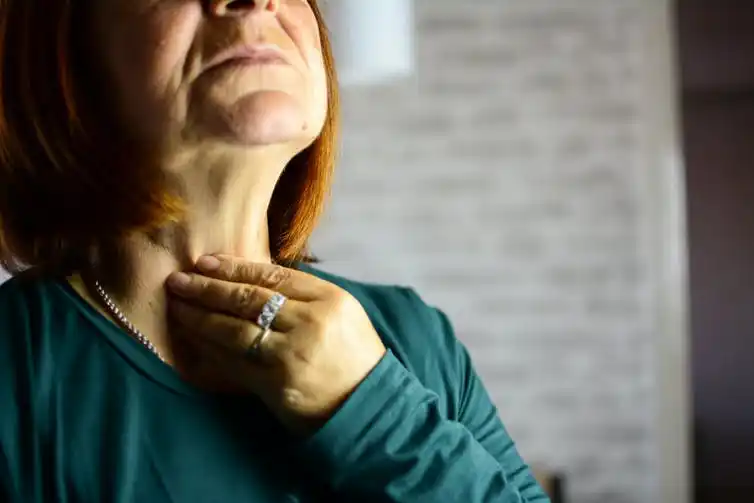



+ There are no comments
Add yours